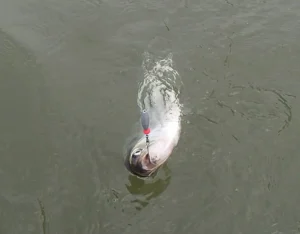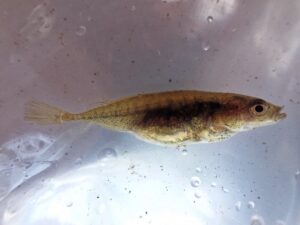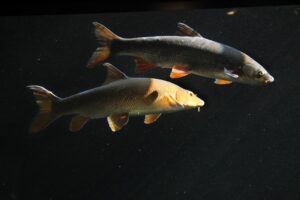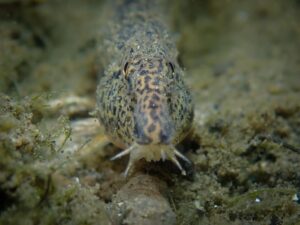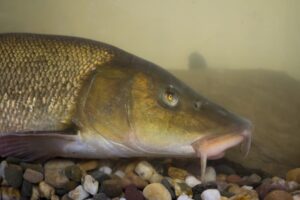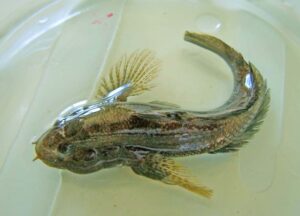Coarse fish: Three-spined Stickleback (Gasterosteus aculeatus)
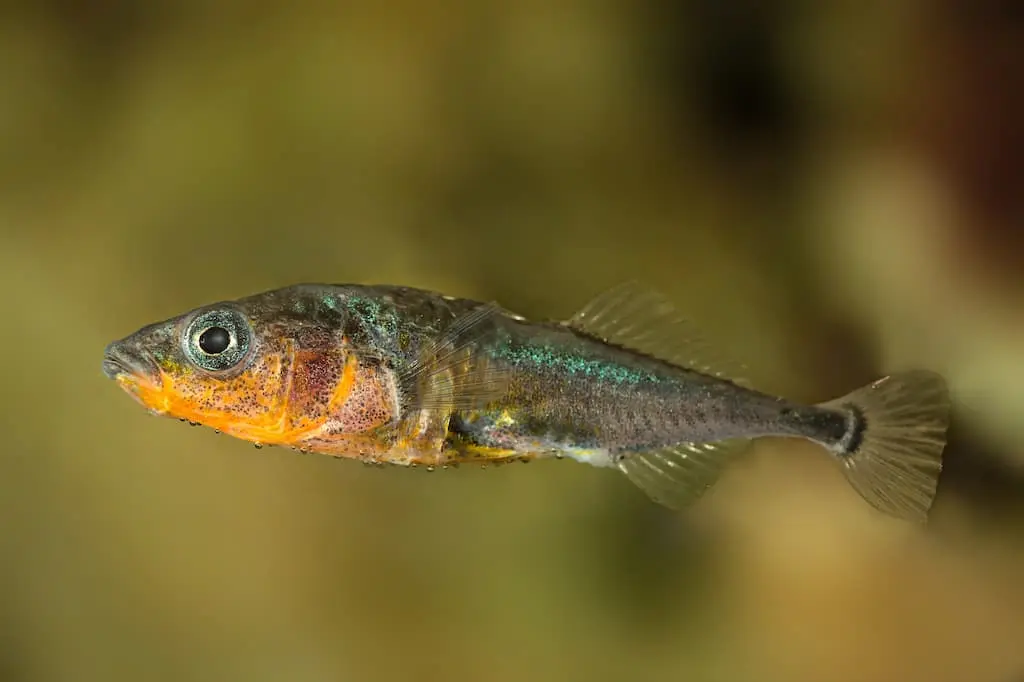
Unveiling the intricacies of the Three-spined Stickleback (Gasterosteus aculeatus), this article delves into the fascinating world of these small freshwater fish.
Native to the shallow waters of Europe and North America, the Three-spined Stickleback is a creature of exceptional resilience and biological interest.
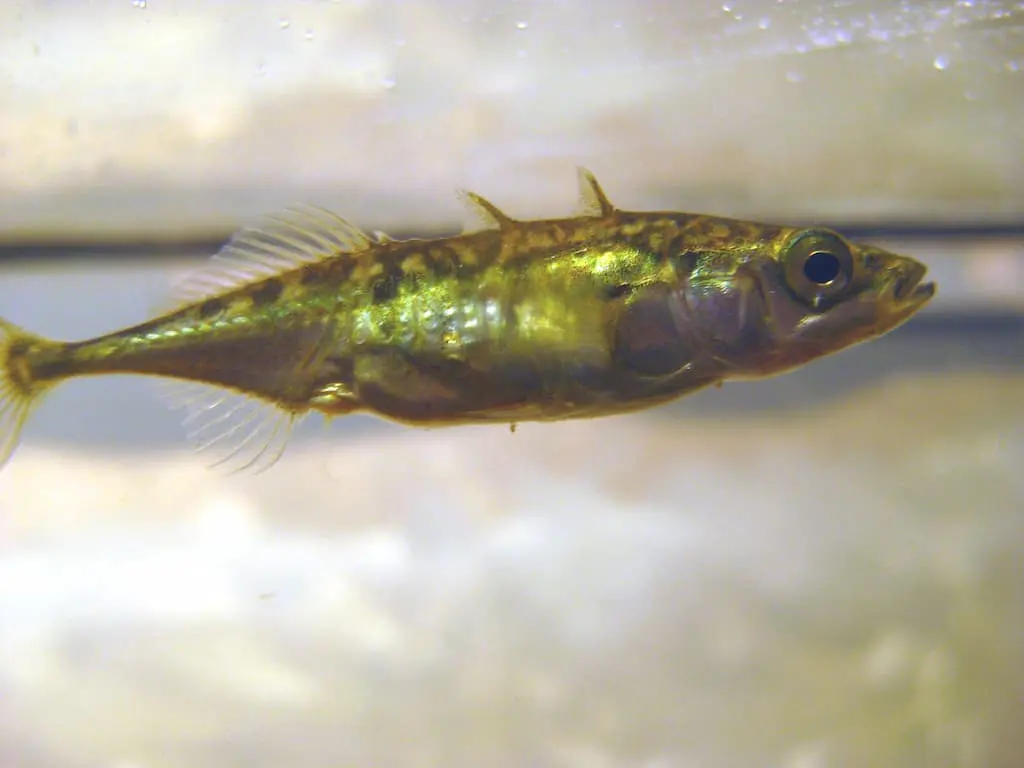
Three-Spined Stickleback’s description
Anatomy of a Warrior: The Three-Spined Stickleback’s Defence Mechanism
With a slender body, compressed laterally, and a small head with proportionately large eyes, the three-spined stickleback’s physique is primed for survival. Its narrow caudal peduncle and slightly forked tail fin streamline its shape, while a long dorsal fin sits far back, aligning with the anal fin. Notably, the dorsal area is armoured with three spines, two long and one short, poised like ancient warriors’ spears.
| Class |
| Actinopterygii |
| Order |
| Gasterosteiformes |
| Family |
| Gasterosteidae |
| Genus |
| Gasterosteus |
| Species |
| G. aculeatus |
| Binomial Name |
| Gasterosteus aculeatus (Linnaeus, 1758) |
Colouration and Armour: Nature’s Camouflage and Shield
The hues of the three-spined stickleback are a marvel of natural camouflage. With a green-brown back shimmering metallic reflections, the fish’s flanks are silver, and the belly is whitish. Along its lateral line, instead of scales, it boasts bony plates known as “scutes”, offering protection akin to a knight’s armour, reflecting its coarse fish lineage.
Size and Lifespan: The Dynamics of Stickleback Growth
Typically, females measure between 4 to 5 cm, with males slightly smaller. In captivity, however, they can grow to an impressive 10 to 11 cm. The lifespan of these resilient creatures ranges from three to five years in the wild, extending up to eight years in managed environments.
Habitat and Lifestyle
Habitat Preferences: The Stickleback’s Natural Abode
The distribution of the three-spined stickleback is vast, from the Iberian Peninsula to Scandinavia and Central Europe, reaching as far as the Black Sea. In the far east, they inhabit waters in northern Japan and, across the Atlantic, the expanse of North American waters. They thrive in shallow vegetated waters of rivers, lakes, and ponds, tolerating brackish and even salty conditions.
Feeding Habits: The Stickleback’s Diet
Despite its diminutive size, the three-spined stickleback has a diverse diet, including worms, small crustaceans, insects, fish eggs, and tiny plants. Its territorial nature means it fiercely defends its domain, consuming any prey small enough to be swallowed whole.
Breeding Colours and Customs: The Stickleback’s Reproductive Rituals
During breeding, the male stickleback becomes a vivid red, while the female dons a soft pink. The breeding season spans from March to June, during which males construct tunnel-like nests from vegetation and mucus. Multiple females will visit the nest, each laying 200 to 400 eggs, which the male fertilizes and vigilantly guards.
The Stickleback’s Role in the Ecosystem
Although not sought after for sport or culinary purposes, mainly due to their spines and armour, the three-spined stickleback is a preferred prey for predators such as pike-perch, salmon, and eels. Anglers sometimes use them as live bait to catch these larger fish species.
Fishing Techniques: The Art of Catching Sticklebacks
Due to their size, sticklebacks are often caught using ultra-light and fine tackle or nets in certain regions. This requires skill and patience, reflecting the nuanced sport of coarse fishing.
Conservation Status: The Stickleback’s Future
Classified as LC (Least Concern) by the IUCN, the three-spined stickleback is considered widespread and abundant. However, continued monitoring is essential to ensure this species remains a thriving part of our biodiversity.

